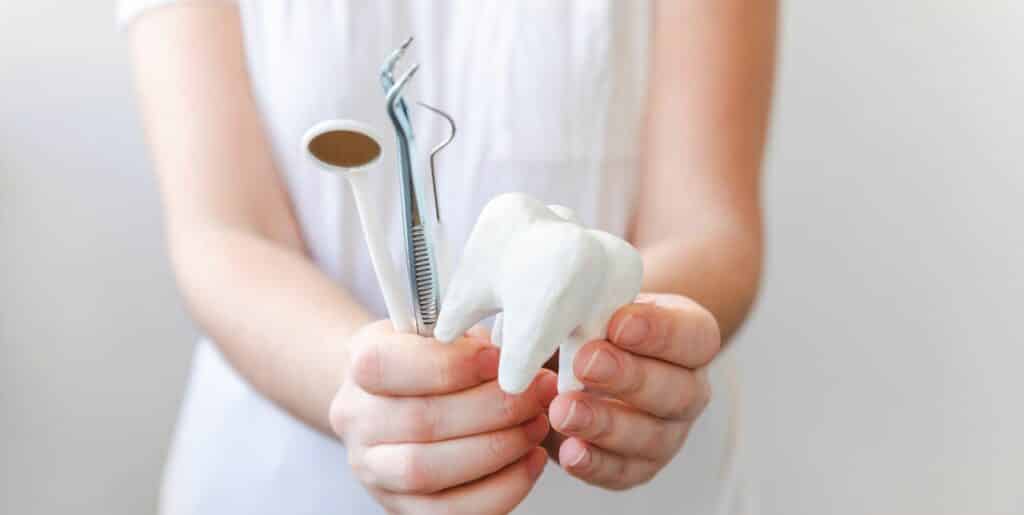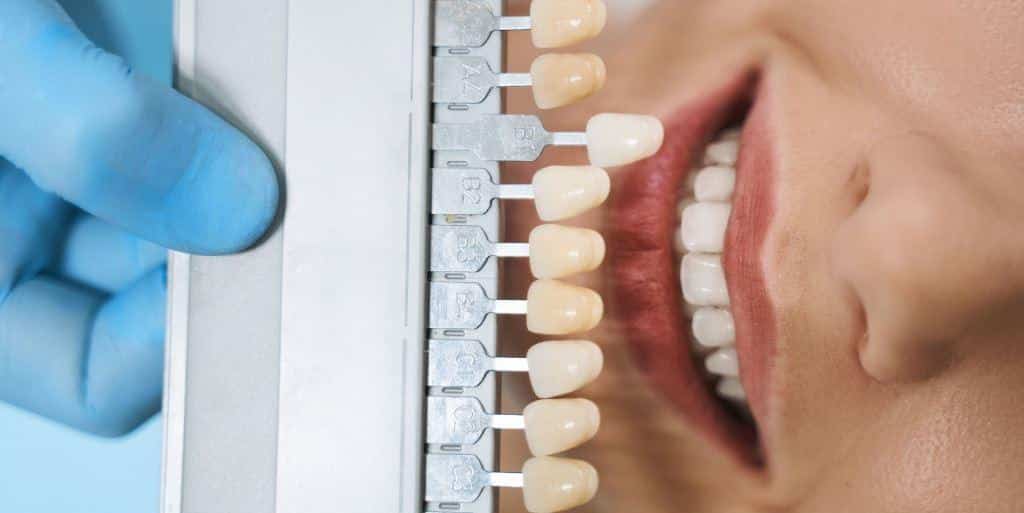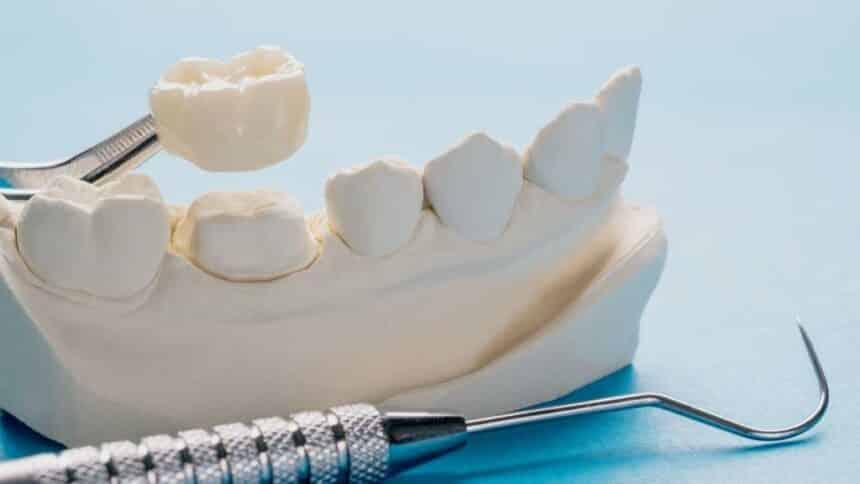If your tooth is so damaged or you are struggling with advanced decay that a simple filling will not work, a tooth restoration will be necessary. This is nothing more than a prosthetic replacement of a lost or damaged tooth crown. This is extremely important not only for aesthetic reasons, but above all for health reasons. And what options you can choose from when it comes to restoring a tooth and how much they cost - welcome to the article. On the one hand, tooth restoration is Reasons to undergo this procedure are obvious - a beautiful smile and restoration of the functionality of your teeth.
When is a tooth restoration a necessity?
Firstly, if you have suffered a serious mechanical injury: a chipping or fracture. If this is the case, do not delay and make an appointment to see your dentist as soon as possible. Why is this so important? During the trauma, tissues may have been exposed, which will be exposed to bacteria.
If the injury is minor and painless, sufficient will be the smoothing of the tooth. However, more serious damage requires restoration. You can read more about this in our article: Chipped tooth - what to do and can it be prevented.
Another cause of extensive crown damage is advanced caries. Following the principle: "prevention is better than cure", try to prevent this unpleasant affliction in advance. In this article, you will learn where decay comes from and how to prevent it: Tooth decay - where it comes from, how to treat and prevent it.

The consequence of extensive caries is often root canal treatment. It is all due to bacteria that enter the pulp, causing inflammation. If you want to find out what root canal treatment involves, we recommend the article: Root canal treatment under the microscope in the UK. Reconstruction of the tooth will be the ideal method of reconstructing the crown after surgery.
Dentists also often recommend this method for Tooth crown reinforcement. Sometimes it is too brittle and fragile to perform its function properly. After restoration, the tooth becomes healthier and more resistant to damage. Eating hard foods no longer has to be associated with the fear of chipping the tooth.
What is more, the indication for the procedure may also be a simple desire to improve the appearance. Tooth restoration is able to hide unevenness, fissures or unsightly discolouration. We wrote more about discolouration in one of our blog articles: Discolouration on teeth - where it comes from, how to prevent it and how to remove it.
Each of the above cases is always considered individually. There are several methods for restoring a tooth. The choice depends primarily on the degree and type of damage to the tooth and a thorough assessment by a specialist. This one will use a different method in the case of mechanical trauma than in the case of post-canal treatment.

Tooth restoration - what exactly is it and what are the possible methods?
Tooth restoration involves the prosthetic restoration of a lost or damaged tooth crown while preserving the healthy root.
All materials used today are high quality and perfectly reproduce the shape and colour of the patient's natural dentition. Dentistry has various methods at its disposal:
Composite filling - so-called bonding. This is one of the cheapest methods of restoring a tooth. The composite is made from a special resin and can be placed in one visit. Its disadvantage is its susceptibility to discolouration. It needs to be replaced every five years or so.
Fibreglass tooth restoration - this is usually chosen after root canal treatment. Fibreglass is more durable than a composite filling, so it is recommended for restoring front teeth. It is slightly more expensive.
Inlay/Onlay - these are performed by a prosthodontist. He or she places specially constructed elements on the crown. These are porcelain or composite inlays/onlays that replace part of the crown of a tooth. The great advantage of this method is the abrasion resistance and durability, while the disadvantage is the long waiting time. This is due to the need for diagnostics, taking measurements and the time required for careful fabrication.
Crown - perfectly replicates the natural tooth. Used for minor damage to the tooth. Requires careful grinding of the natural tooth crown prior to placement. Can be all-ceramic or porcelain. It is very durable. For more information on crowns, see earlier article: Crowns for teeth in the UK - everything you need to know.
Crown-root inlay - designed for the superstructure of large cavities. It consists of pre-installing a retaining screw in the root of the tooth. It is a relatively expensive method, but for some patients the only one that guarantees effectiveness.
Veneers - strongly interfere with the structure of the tooth, which has to be heavily polished beforehand. The dentist places them on the natural teeth. They look very natural. We have written a lot about them on the blog before: Veneers in the UK - everything you need to know.

What could be the consequences of not restoring a tooth?
Restoring a tooth is not a fad, but a necessity. If you don't take care of it, you may have problems with exposed tooth necks or speaking. Teeth will start to pull apart and become crooked. As a result, you will face expensive and lengthy orthodontic treatment. In more serious cases, you may even be at risk of jawbone atrophy.
By carrying out the restoration, we can avoid the dislocation of the and crookedness of healthy teeth, periodontal disease, exposure of tooth necks. In more serious cases, it can even protect against alteration of the natural shape of the teeth or jawbone atrophy.
Price
Crown and root inlay prices start at £60. A composite veneer costs £180. A porcelain crown is an outlay of £460. The same for an all-ceramic crown. Take a look at the full price list: Price list - prosthetics UK.
We would like to remind you that you can easily spread your tooth restoration into instalments. Under 12 instalments and the interest rate is 0%. Check out the details: Instalments.

